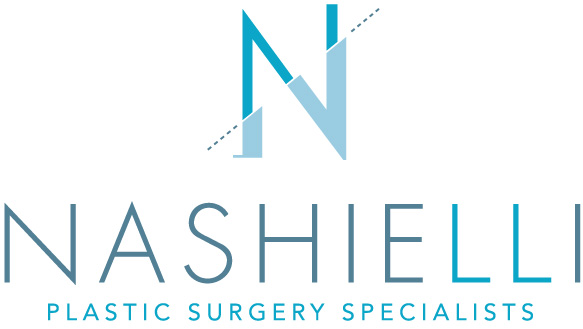BREAST REDUCTION SURGERY
Is your breast size not proportionate with your body? Does this interfere with your daily activities with
physical issues such as neck and back pains, shortness of breath or
causing any deformity in your spine?
Breast reduction surgery may be the most appropriate surgical procedure to leave all these issues behind and
recover a healthy lifestyle that will let you do your daily activities without any limitation.

Throughout history, the bust has been a symbol of beauty and fertility. But the bust is one of the parts of the body that suffers more change than others for many reasons including hormonal factors, genetics, changes in body weight and as the results of pregnancy and breast feeding.
For the reasons mentioned above, some patients tend to grow disproportionately resulting sometimes in physical and/or emotional discomfort. The most common physical problems are back pain, neck pain and poor posture. This surgery is designed to reduce the size of the bust by removing breast tissue and fat, ultimately reducing the volume to create a more comfortable and pleasing appearance.
As with all surgeries, it is most important to be clear about what you want your end result to be, including shape and size.
FACE
FAQS
What are the steps to surgery?
This surgery is right for you if you feel that your breasts are very large, or they are not in proportion to the rest of your body. Also, if they are causing you physical problems with posture or pain or you are simply not satisfied with your figure. Of course, it is very important to evaluate your unique situation in the consultation with your surgeon.
Second, you will need to undergo medical examinations to determine your health status. These examinations include lab work and a preoperative cardiac evaluation. The third step is the surgeon will take pictures to evaluate the areas of concern and further will advise on the procedures recommended, details about those procedures including incisions and where they will be located, risks of surgery, pre-operative and post-operative care, as well as recovery time. Following this discussion, we will schedule a surgery date and you will be given the necessary information to prepare.
How long will my recovery take?
The recovery will be gradual. Generally after the first week, you will feel good and can return to your normal activities after the second week. However, for the first 4 weeks, you will need to avoid strenuous physical activity and no exercise other than walking. Regular follow up appointments will be scheduled to monitor your progress.
How long will your procedure take and what type of anesthesia used?
The surgery time will be approximately 4 hours. The type of anesthesia we use is light sedation typically known as “twilight” sedation plus a local anesthetic or an epidural block. You will stay in the hospital one night and the surgeon will do a follow up with you before leaving the hospital the next morning. In addition, your next follow up appointment will be scheduled.
What will my incisions look like?
The incisions for this procedure are placed around the areola, as well as a vertical incision which goes downward and into the crease of your breast. Initially, the scars will be visible but with the proper aftercare, will ultimately fade over time.
When will I see my final results?
You will see a noticeable difference in the shape of your body after surgery however, improvement will be even more evident after four weeks, when most of the swelling has subsided.
What do I have to do before my surgery?
- ONE MONTH BEFORE SURGERY
- ONE WEEK BEFORE SURGERY
- ONE DAY BEFORE SURGERY
- MORNING OF SURGERY
- AFTER YOUR SURGERY
Stop taking medicines such as Aspirin and Vitamin E.
If applicable, stop smoking completely.
Attend pre surgical consultation, including taking of photographs.
Complete blood tests and cardiac evaluation.
Receive post-operative indications.
Do not ingest any food or drink after the time advised by your surgeon.
Pack a bag with comfortable shoes and clothing, specifically something that zips or buttons.
Shower or bathe normally.
Do not use gel or any other product on the hair.
Do not use makeup, facial creams or body lotions.
You will be given all medical garments and medicine which will include pain medication, anti-inflammatories and antibiotics.
It is important to have someone with you the first 24 to 48 hours or you may feel weak or sleepy and may require help getting out of bed, a light diet is best for the first day or two following surgery. Most patients experience muscle discomfort about 7 to 10 days after surgery so it is very important to take your medication on schedule.
What are the associated risk factors of breast augmentation surgery?
It is very important to assess your health condition in advance and to analyze it with your doctor. The most common risks with breast reduction surgery occur in patients over 40 years old, when there is a prolonged surgery, oral contraceptive users, smokers and patients who are obese.
These risks may include seroma, hematoma, wound opening as well as necrosis. All of the above will be discussed in detail during your consultation.
